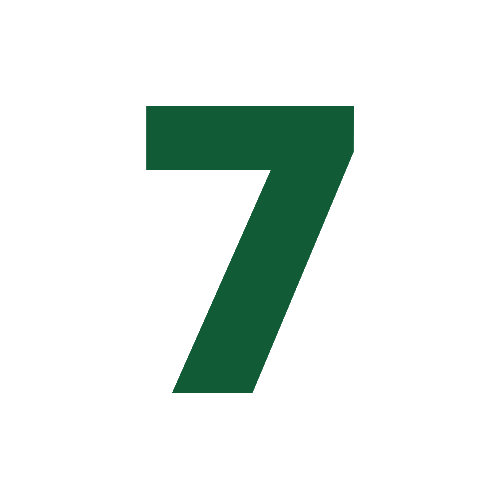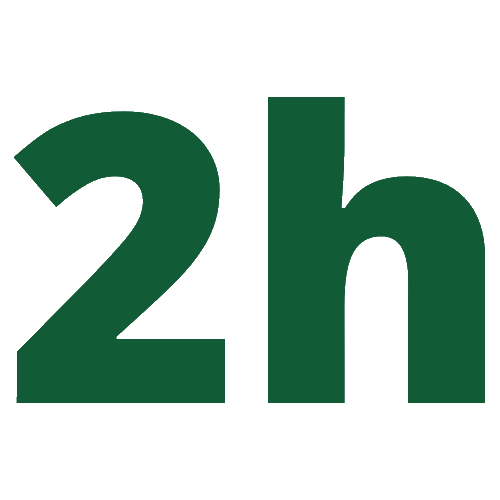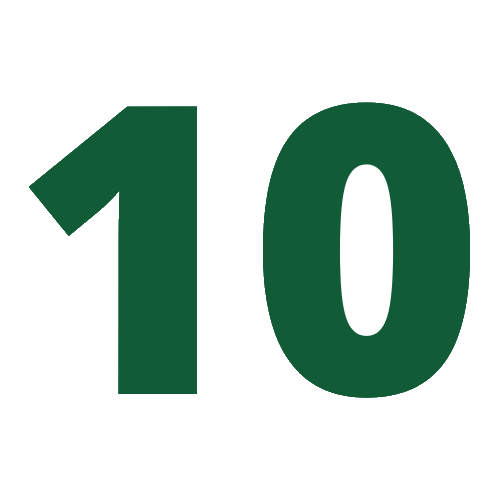
modules

of video content

days to complete
Master this course in less than 2 weeks!
The most effective way to engage in continuous education is to spend no more than 30 minutes per day on the course. Upon enrollment, you will gradually gain access to the modules, with new ones becoming available every 2 days. By committing 20-30 minutes every 2 days, you will complete the entire course in about 10 days.

What will you learn?
- Understanding traditional and open access models of publishing
- The 4 building blocks of Creative Commons licenses
- The difference between Gold and Platinum open access
- Factors that influence APCs and obtaining financial support for it
- Various open access funding models and their advantages
- Understanding the pros and cons of open access publishing
- Types of open access, how to archive content, and exploring repositories
- Using the DOAJ to locate high-impact open access journals
- Understanding the different categories of open access publishers
- Strategies for identifying and avoiding predatory journals
Course Description
The growing popularity of open publishing, open access, and data sharing makes it essential to understand open science concepts, its importance, and its role in the global research community.
In this course, you’ll get a detailed overview of the advantages and implications of open access. From its emergence to current trends, you will cover all essential elements of open access through interactive videos, in-depth explanations, and practical assessments. You’ll learn about institutional policies, emerging OA models, and how to protect your research from predatory journals. This course will also expose you to special tips and tools required to identify high-impact open access journals, help you understand different categories of OA publishers, and teach you how to get funding support for APCs.


Course Author: Guido Kemeling
Guido Kemeling pursued M.Sc. in Chemistry from Utrecht University. He has worked for more than ten years at Wiley-VCH as the Editor-in-Chief of the journals ChemSusChem and Energy Technology, specializing in the chemistry and materials science behind renewable resources, energy, and sustainability. Guido has built a solid foundation of expertise in all aspects of publishing, including open access publishing. Currently, he is the Associate Director, Medical Communications Excellence & Innovation at Merck Group.
